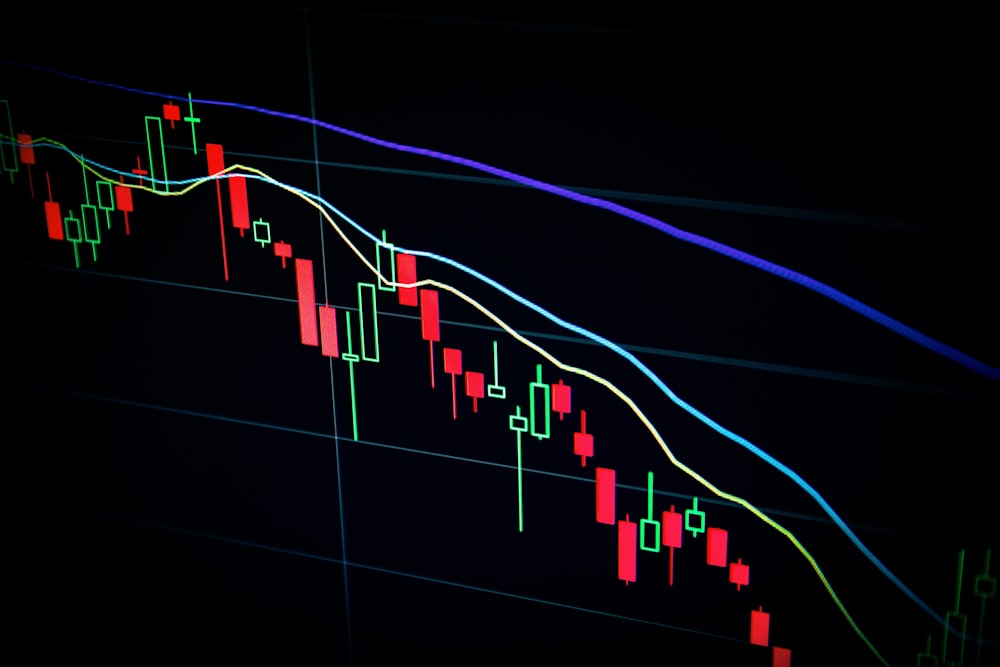The GENIUS Act, which passed with a 68-30 vote, introduces standards for audits, reserve requirements, and licensing, effectively ending the regulatory uncertainties that have previously surrounded stablecoins. Senator Bill Hagerty, who supported the bill, described it as ushering in a "new era of payments," highlighting its promise for faster and more cost-effective transactions within the financial system.
For stablecoin issuers, the new law mandates full reserve backing, independent audits, and strict licensing protocols. This framework aims to restore trust among institutional players who have previously hesitated to engage with the market due to a lack of regulatory oversight.
According to crypto expert SMQKE, RLUSD was designed with compliance in mind, positioning it favorably for adoption by banks, asset managers, and global corporations that require regulatory adherence. As the demand for RLUSD rises, it could lead to increased XRP burning because every RLUSD transaction triggers a small XRP burn. In economic terms, a reduced supply of XRP coupled with heightened demand could result in an increase in its price.
Despite a recent decline in XRP's price—down 7.5% over the last 30 days—the long-term outlook remains optimistic, with a possible 441.6% growth in the past year. Expert viewpoints and external indicators suggest a growing sentiment around RLUSD and its potential to stand out in competition with government-backed currencies.
Overall, the GENIUS Act marks a crucial step for Ripple's RLUSD, enhancing its prospects for institutional adoption and potentially benefiting XRP holders. As the landscape for stablecoins becomes clearer, XRP's role in compliant digital finance may gain importance in the coming months.



